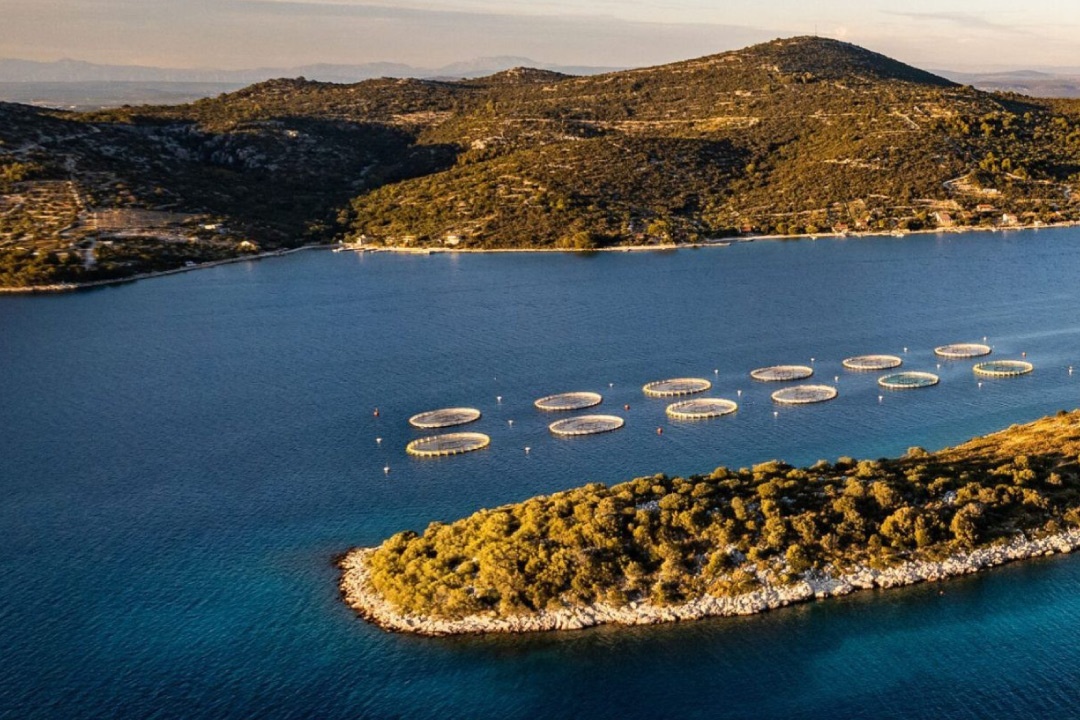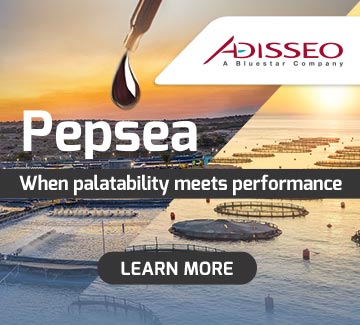
The research, published in the journal Future Foods, focused on new feed formulations that replaced part of the traditional fishmeal with poultry by-product meal and black soldier fly (Hermetia illucens) larvae meal. The diets also incorporated fish oil from Sardina pilchardus, with additional adjustments to protein and lipid levels to meet the nutritional requirements of each species. For the seabass trial, farmed salmon oil was also used as a lipid source.
For gilthead sea bream, the results were particularly positive. Fish fed the alternative diet not only matched, but in some cases surpassed, the performance of those on a standard commercial feed. Researchers reported a “significantly higher final body weight, specific growth rate, improved feed conversion ratio, and greater fillet yield” in sea bream, along with higher levels of healthy n-3 polyunsaturated fatty acids in the fillets, despite a slight increase in fat content.
For European sea bass, growth performance and fillet yield were comparable across diets. However, the fillets of seabass fed the sustainable diet contained lower levels of the omega-3 fatty acids EPA and DHA, and a higher proportion of saturated fats, reflecting the lipid sources used. Importantly, the fatty acid profiles still fell within recommended levels for human nutrition.
Overall, the study highlights the potential of sustainable feeds to maintain high product quality while reducing aquaculture’s reliance on marine-derived ingredients. The authors stress, however, that further trials under different environmental and farming conditions are necessary to validate long-term effectiveness and to refine diet formulations for optimal fish health and consumer acceptability.


